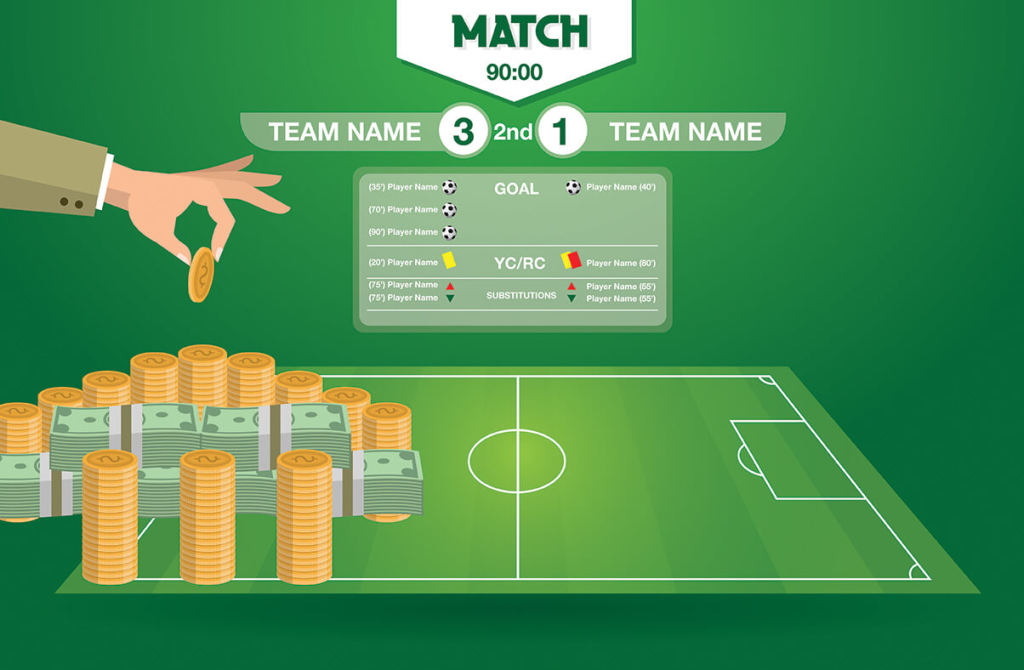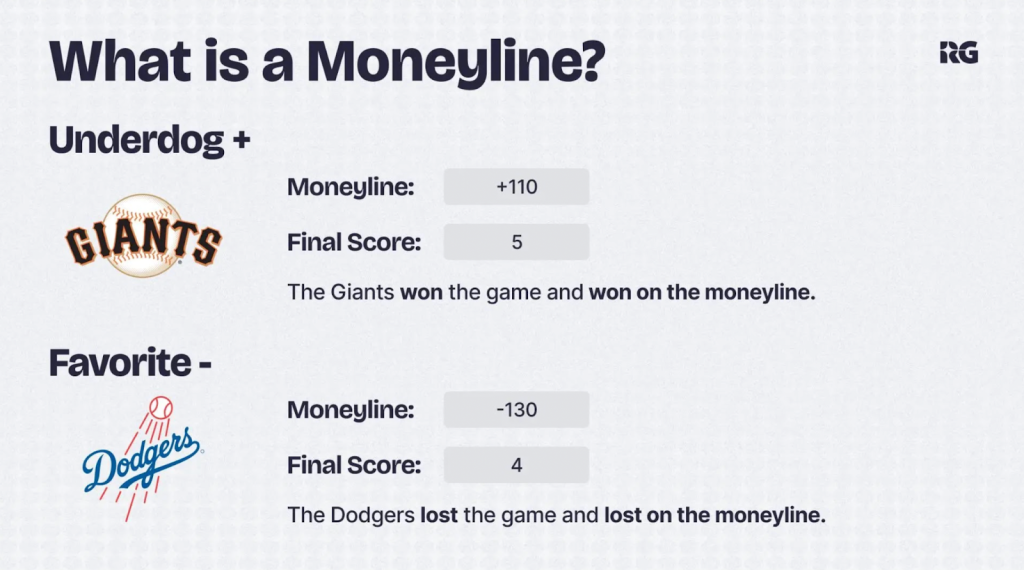
How football betting odds work means understanding how the odds represent the chance of winning, for example, odds of 2.0 means you will get double your stake if you win. How does betting odds work in football is the key to helping players read the game, understand the chance of winning and estimate the potential winnings before placing a bet.
1. What are soccer odds?
Football betting odds are numbers or ratios given by bookmakers to reflect the likelihood of a particular outcome in a match. It not only indicates who is the favorite or underdog, but also determines the amount of money the player will receive if the bet is successful.
For example, if England win the World Cup at odds of 7/1, this means that the bookmaker thinks England are unlikely to win, but if you bet and England win, you will receive 7 times your stake plus your original stake. Odds can be expressed in a variety of ways: fractional, decimal or American/moneyline, each with its own way of calculating payouts and probabilities.
-> Access w88 login helps players quickly access their accounts and continue to experience online entertainment services. With just a few steps, you can manage information, track bets and fully utilize the utilities. The login interface is optimized for easy and safe operation.
2. Top 03 popular types of odds
In football betting, there are three types of odds commonly used around the world, each with its own way of reading, calculating winnings and expressing probabilities. Understanding each type helps players place accurate bets and calculate potential profits.
2.1 Fractional Odds (UK Odds)
Fractional odds, or British odds, shown as x/y, show the potential winnings relative to the amount bet. For example, odds of 5/1 mean that if you bet $10 and win, you get $50 in profit plus your original $10 bet, for a total of $60.

This is the traditional and commonly used form of odds in the UK, which makes it easy to visualize the winnings based on the initial bet.
2.2 Decimal Odds (European odds)
Decimal odds, or European odds, represent the total amount of money received for each unit bet, including the initial stake. For example, odds of 3.50 mean that if you bet $10, the total amount of money received when you win will be $35. This type of odds is common in Europe and is very convenient for quick calculations, just multiply the stake by the odds to get the total winnings.

2.3 American Odds
The American Odds, or Moneyline, are expressed as positive or negative numbers to indicate the profit based on $100. Positive numbers (+) indicate how much you will win if you bet $100, while negative numbers (-) indicate how much you need to bet to win $100.

For example, +250 means that a $100 bet will win $250; -150 means you have to bet $150 to win $100. American odds are popular in the US and help differentiate between the favorites and underdogs.
-> The skrill account activation process helps users unlock all online trading features securely. Just verify your identity and complete a few basic steps, and your account will be activated quickly. Thanks to that, you can deposit, withdraw, and make international payments more conveniently.
3. How to calculate probability from odds for beginners
Understanding how to calculate probability from odds is a basic but very important step for new football bettors to be able to correctly assess the chances of winning. Probability helps you know the likelihood of an outcome occurring, thereby deciding on a reasonable bet amount and better managing risks. Specifically:

- From Fractional Odds: Probability (%) = y ÷ (x + y) × 100. For example, the odds of 3/1 are calculated as: 1 ÷ (3+1) × 100 = 25%.
- From Decimal Odds: Probability (%) = 100 ÷ decimal odds. For example, 4.00, the calculation would be 100 ÷ 4 = 25%.
- From American Odds: Positive numbers (+): Probability = 100 ÷ (positive number + 100), for example +300, probability 25%. Negative numbers (-): Probability = |negative number| ÷ (|negative number| + 100), for example -300, probability 75%
Knowing how to convert odds to probability helps players objectively perceive the chances of winning, thereby creating a reasonable betting strategy, avoiding relying solely on emotions.
4. How to read and use odds in practice
When you open a bookmaker’s odds table, the first thing to do is identify the type of bet you’re placing – such as a point spread, moneyline or over/under – each of which has a different way of reading and evaluating.
4.1 How to read handicap odds
If a team is considered stronger, there will be a “-” sign before the handicap number, for example ‑4.5. This means that the team needs to win by more than 4.5 goals for your bet to win.

Conversely, the weaker team will have a “+” sign, for example +4.5: if the other team wins or loses with a difference of less than 5 goals, you still win the bet.
4.2 How to read bets based on odds (money line)
When you place a bet based on the live win-lose outcome of a match, it means you simply predict which team will win regardless of the number of goals or other factors:

- If the number before the team is ‑200, it means you have to bet 200USD to win 100USD more if the team wins.
- If the number is +235, it means you bet 100USD and if the team wins, you will get back 100USD + 235USD winnings = 335USD.
4.3. How to apply in practice
Before placing a bet, always check the number in front of the team/bet: “‑” or “+”, or the handicap number. Then, clearly identify the type of bet you are playing (handicap, odds, total goals…) because each type has a different mechanism.

Based on the odds and the amount you bet, calculate in advance how much you will receive if you win to evaluate whether the bet value is reasonable or not. For example, if you bet 50 USD on a team with decimal odds of 2.50, the total amount received when winning will be 50 × 2.50 = 125 USD, where 75 USD is profit and 50 USD is the initial bet. From there, you can evaluate whether the potential winnings are worth the risk before placing the bet.
5. Conclusion
Understanding how betting odds work in football is a basic but important step for players to be able to properly assess opportunities, manage risks and make reasonable betting decisions. Odds are not a guarantee of results, but when used correctly, they can become a useful tool to optimize betting strategies and i
